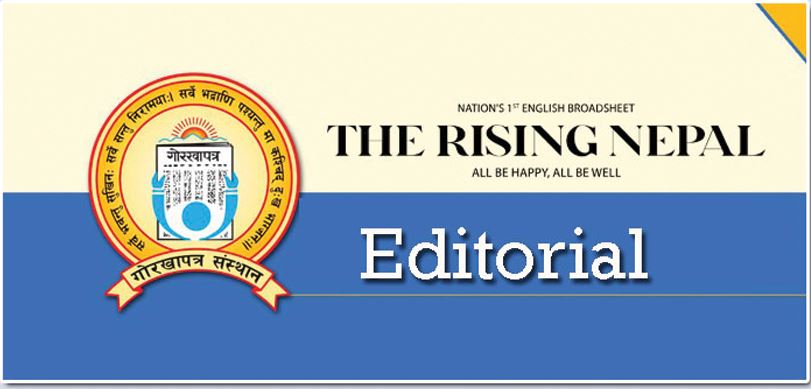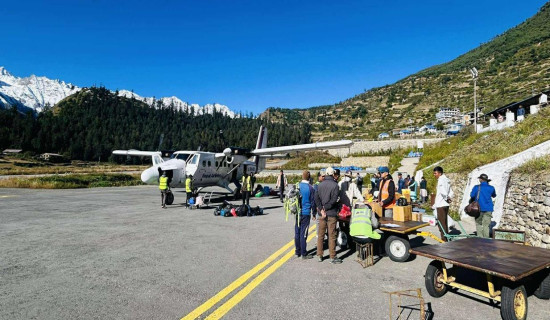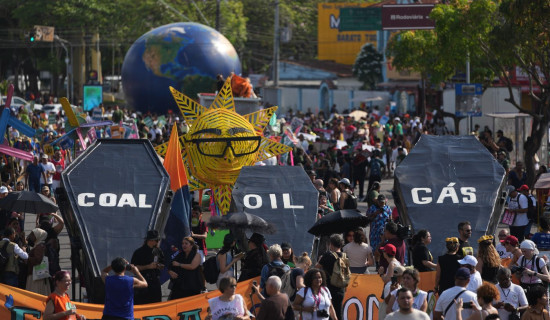- Monday, 17 November 2025
Youth And Road Safety
The growing number of road accidents in Nepal has become a matter of serious concern. While many countries, including some in Europe, Japan and Australia, among others, have taken innovative measures to dramatically reduce road crashes over time, we are among the countries seeing the opposite of this trend. If we deeply look at their success stories, they all at least share one thing in common: strict enforcement of traffic rules. Road safety, after all, is a shared responsibility, meaning that all road users – pedestrians, drivers and passengers – have a role to play in keeping road safe from accidents. Equally important is the action by Department of Roads (DoR) and traffic police. Studies have consistently shown that around two-thirds of such accidents involve pedestrians and two-wheelers, and most of the time over-speeding is blamed.
The more the speed of a vehicle, the more it is likely to meet with an accident. That's because an overspeeding vehicle takes time to come under control notwithstanding brakes being abruptly applied; and accidents happens in split seconds. That said, reckless behaviour on the part of pedestrians is one of the major causes of road accident. Pedestrians, attempting to get across a busy road from anywhere s/he feels convenient and also without full awareness of oncoming vehicles, can well be a recipe of a road disaster. And most road users are familiar with such sights owing to its frequency and ubiquity. Traffic police have time and again warned that getting people to cross a road only through designated places like a zebra crossing, skybridge or subway can prevent a lot of accidents.
This daily on Thursday carried a story underscoring alarming rise of road accidents involving youth aged between 18 and 35 years as the most vulnerable group to road accidents in the Kathmandu Valley. In the valley, 178 road fatalities were recorded between August 2022 and mid-2023, with over half involving two wheeler riders aged below 35. The story also highlighted how a fatal mix of social pressures, drink-driving, risky behaviour and over speeding is claiming lives of our youth riders. A cultural pressure that glorifies risk-taking behaviour as a sign of masculinity among young males is said to be the least discussed yet a major factor causing the alarming rise.
Experts voice in unison that young men, especially those aged between 18 and 25, often feel compelled to associate their bold act of weaving through the traffic and other daredevil stunts with their identity and social standing that are also needed to gain acceptance in their peer circle. This has led to the normalisation of such practices. And exacerbating the problem is social media, where videos of such adventurous acts are uploaded and shared. The more the video attracts likes and comments and do the rounds in the internet, the more there is fame and money to make.
But these are all short-lived pleasure. Youths mustn't go astray and risk their life for such transitory things. A loss of life is not mere an individual loss; it devastates the whole family, plunging everyone related into deep distress, which some may find impossible to recover from. A profound cultural shift that values life and family over everything else seems to be the need of hour to put a brake on the sliding cultural values brought about by the pressures of modern life.









-original-thumb.jpg)







